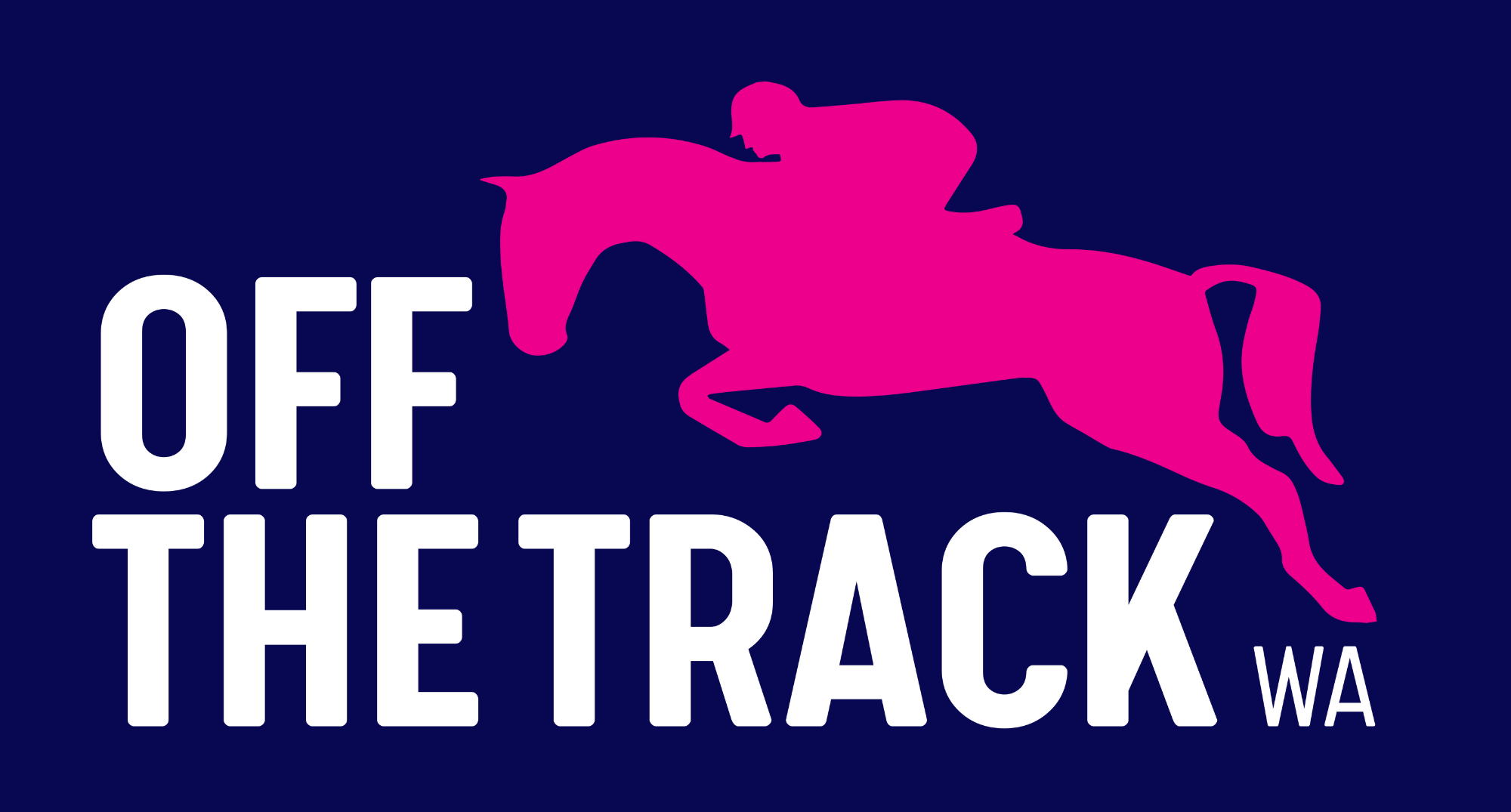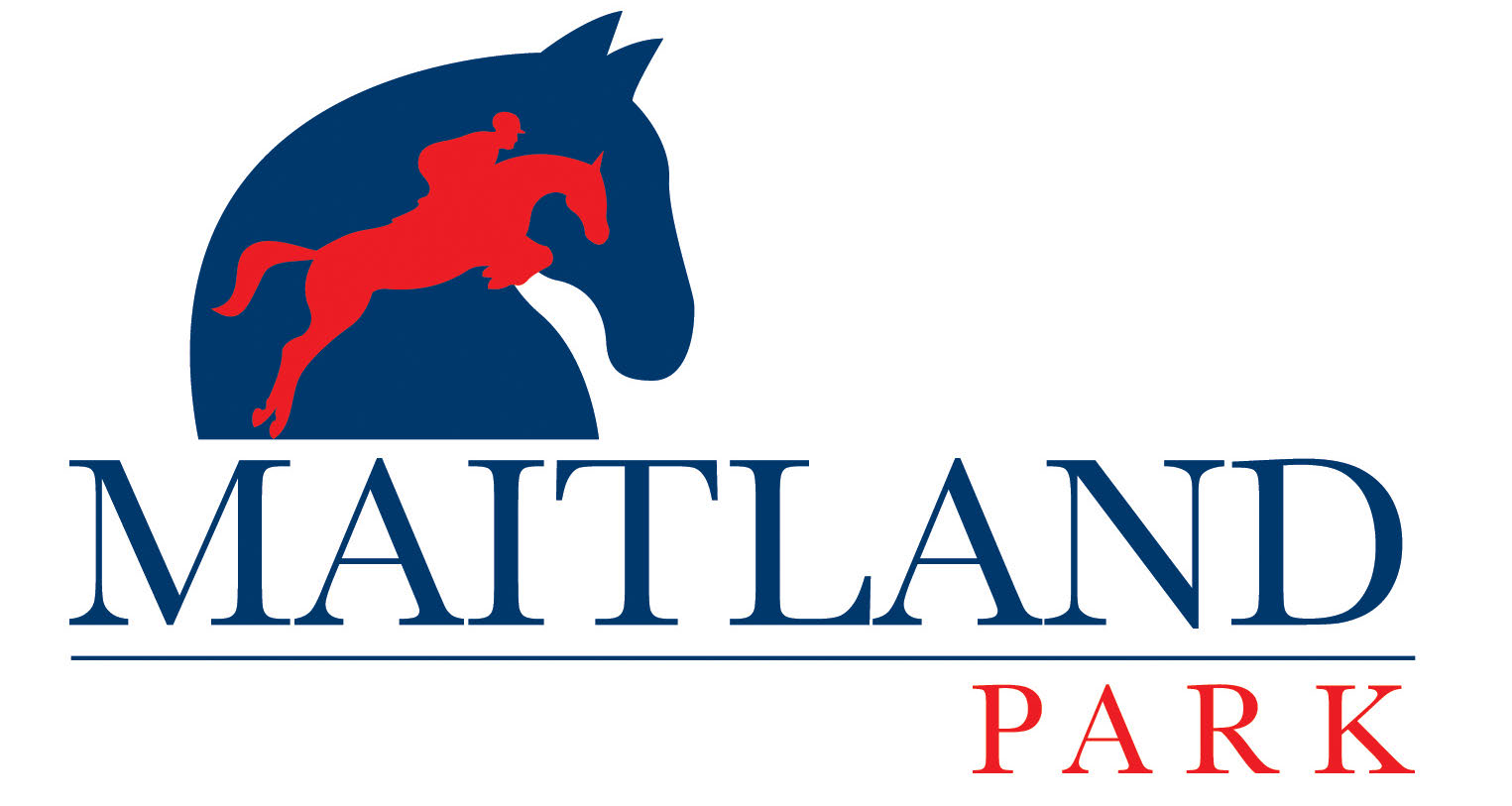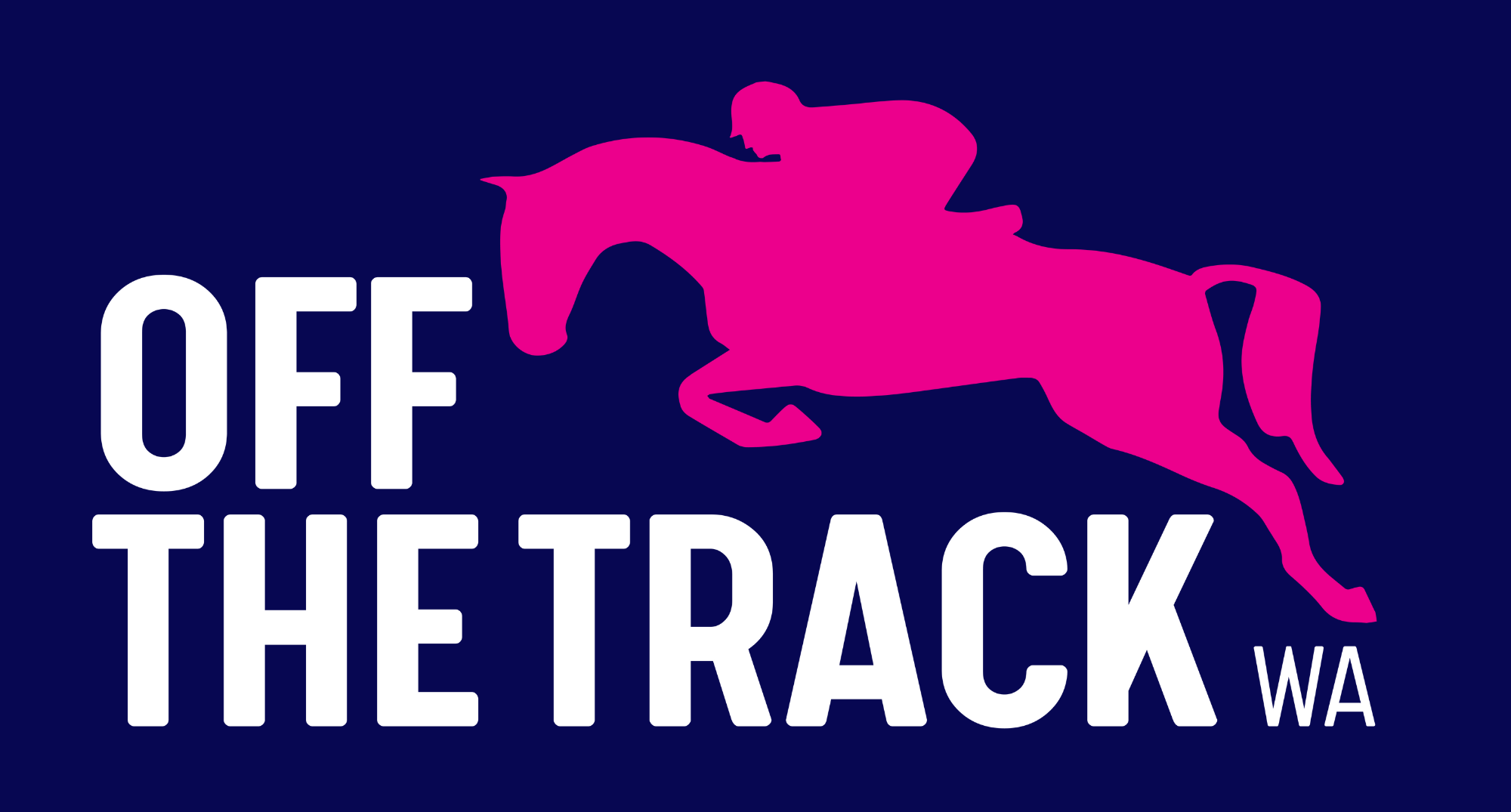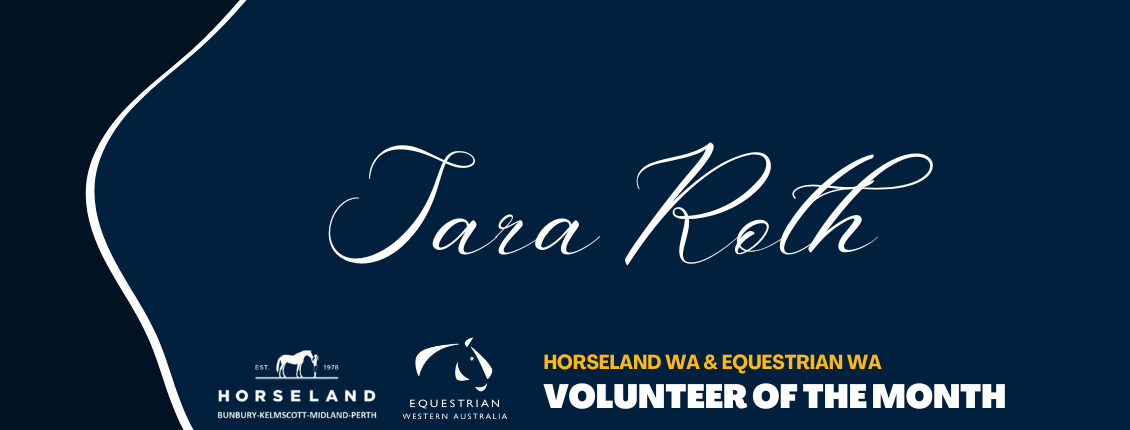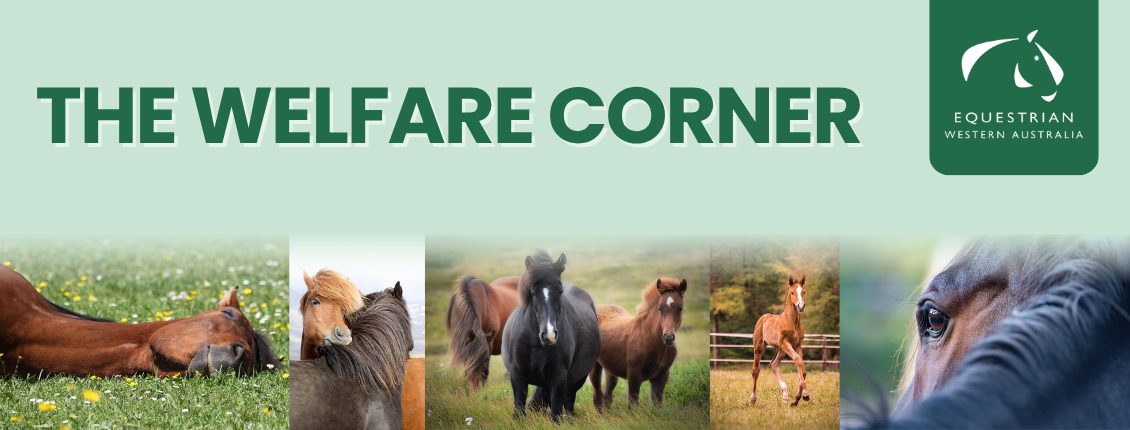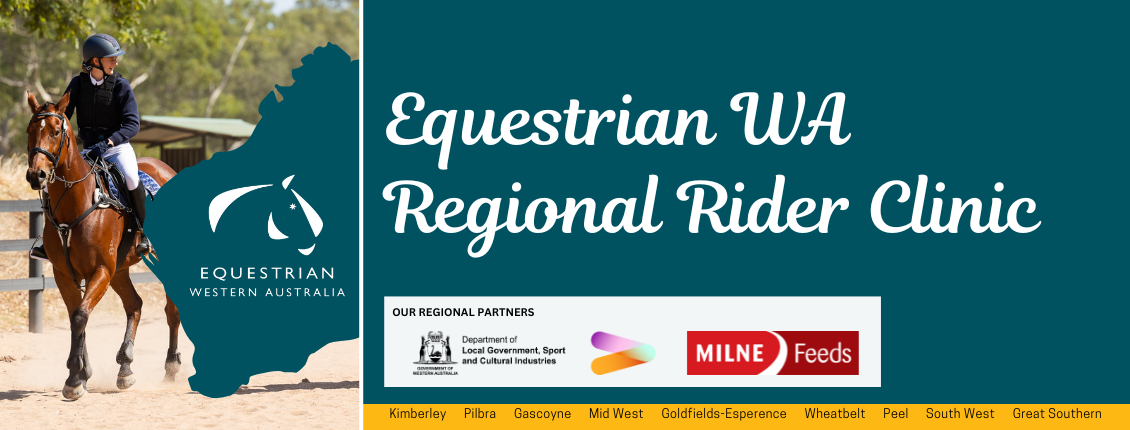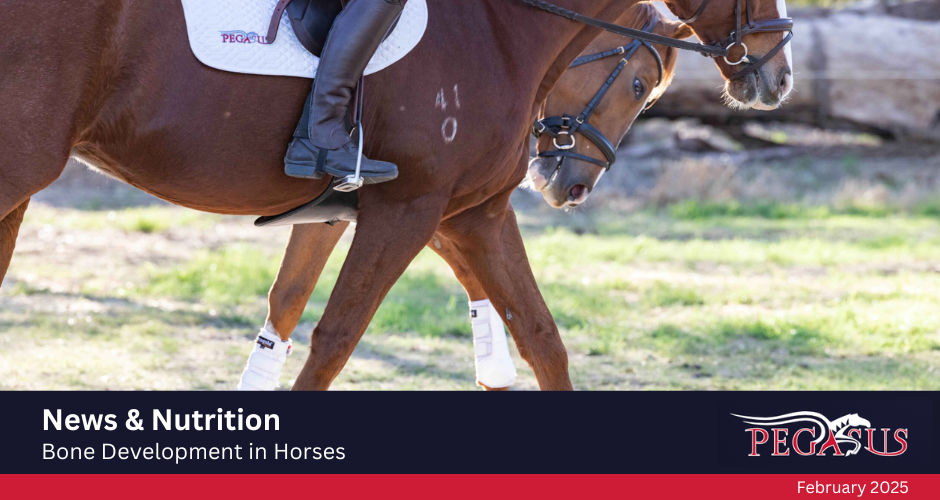
Pegasus News & Nutrition: Bone Development in Horses
In this article we explore the structure and formation of bone, and look at nutritional factors that influence bone development and strength.
Although we often think of bone as a rigid structure, it actually has a certain degree of flexibility, and is a dynamic tissue that is in constant turnover in response to loading. The bones of the equine skeleton act as a support structure for tendons, ligaments and muscles, with most of the body either attaching to, or being suspended by, the skeletal structure.
Bones have many functions aside from facilitating locomotion. They can provide protection to vital organs, as in the case of the rib cage. Bones are also vital for their role in the production of both red and white blood cells for the body, which are generated from the red marrow.
With regard to nutrition, bones are a storage site for calcium and phosphorus, the release of which is regulated by hormones and involves the production of bone. Bone mineral content, particularly during periods of growth, is something that is important for sound performance horses.
There are 3 main types of cells in bone:
- Osteoblasts – which form new bone
- Osteocytes – which rest in the cellular matrix and coordinate responses to stress
- Osteoclasts – which break down and remove bone
These cells work together in a constant balance of breakdown and rebuilding, turning over bone tissue, which helps to keep bone strong. Therefore, bone continually alters its structure in response to loading placed upon it as a protective mechanism. This is known as modelling and remodelling. Increases in load or repetitions (training/exercise) result in increases in modelling/remodelling. This allows bone to adapt to the needs of the horse, thus maintaining its functions for locomotion. So, what happens when it goes wrong?
Stress fractures are a common problem with bone turnover and bone stress. At a certain load point, the bone reaches its limit and microcracks form as a result of fatigue. These weaken the bone structure and eventually result in fracture. To help reduce the occurrence of this, it is important to remember that bone protects itself against loading by the modelling/remodelling function, which occurs in response to exercise. Bone density and mineral content will decrease during periods of rest. Therefore, avoiding sudden changes in exercise intensity, and allowing for adaptation to training, are critical, particularly after a spell.
Ensuring optimal nutrition is also vital. A correct calcium to phosphorus ratio, along with essential nutrients involved in bone formation, such as vitamins A, C & K, zinc and copper will assist with bone formation and mineralisation. Uptake of calcium and phosphorus involve interactions between enzymes supported by vitamin D and zinc, whilst a copper dependent enzyme is responsible for crosslinking collagen. Osteoblasts begin to form bone under the influence of osteocalcin, which is dependent on vitamin K. So, we can see that there are many interactions involving these micronutrients that support bone health. Therefore, balanced nutrition is a key component.
KER BMC, is a unique, marine-derived, bioavailable calcium, combined with chelated minerals, research-proven to improve bone mineral content and increase cortical thickness in young horses. Along with a balanced Ca : P ratio, suited to Western Australian conditions, and a complete, fortified vitamin and mineral profile, all Pegasus feeds contain KER BMC.
For more information on providing a balanced diet for your horse, contact our Equine Nutrition Advisor, Michelle Meylan.

